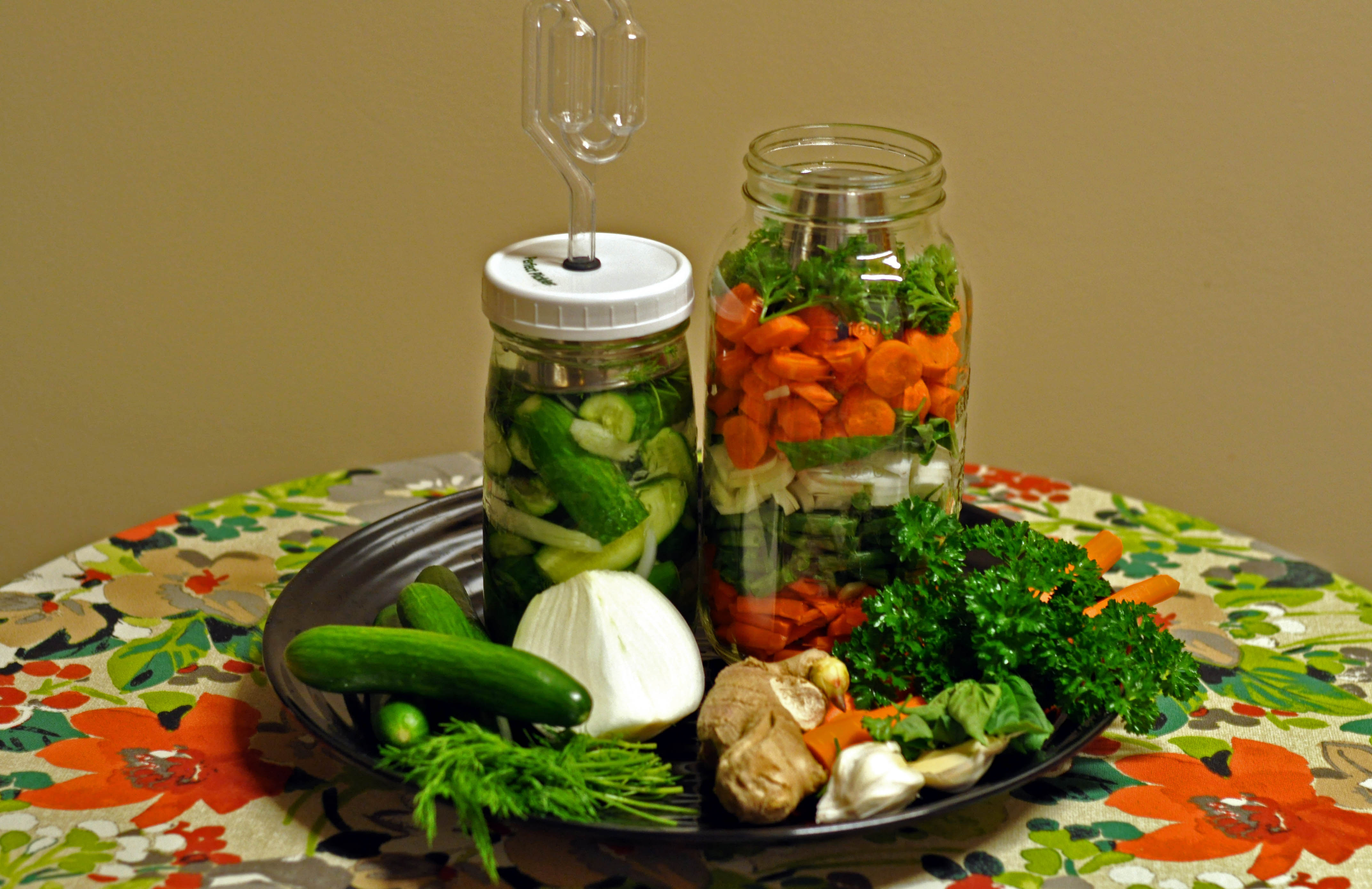We have talked about our physical wellbeing and how what we eat and don’t eat will have enormous effects on our physical health. Today I would like to take some time talking about caring for our mental wellbeing.
Just like the body our mental health depends on what we feed our minds each day. Are you giving your mind good positive thoughts? Maintaining your mental health is a lot like staying physically fit: it requires a little personal effort every day. But the rewards are great! Devoting a quiet time to planning each day is a habit worth developing.
 Keeping a daily journal is something I have done for a great many years of my life to maintain a healthy mind! How does this work? When I was a young woman an older co-worker noticed that I was very tired over a period of time and she wondered if there was something she could do to help. I mentioned that I was not sleeping well and would wake up worrying. So she told me about a practice she had been told about by someone older and wiser who said to keep a journal by her bed so if she woke up worrying she could jot down her worry then be able to go back to sleep. To my surprise this actually worked and it worked so well I decided to keep a daily journal and have done so for years!
Keeping a daily journal is something I have done for a great many years of my life to maintain a healthy mind! How does this work? When I was a young woman an older co-worker noticed that I was very tired over a period of time and she wondered if there was something she could do to help. I mentioned that I was not sleeping well and would wake up worrying. So she told me about a practice she had been told about by someone older and wiser who said to keep a journal by her bed so if she woke up worrying she could jot down her worry then be able to go back to sleep. To my surprise this actually worked and it worked so well I decided to keep a daily journal and have done so for years!
These are the rules I have kept over the years when I am journaling:
- Keep track of only positive thoughts
- Make a list of what you need to do each day – but keep this short so you can actually do them
- Make a list of something you want to do the next day just for you
I want to remember the positive moments of my life! It gives me such pleasure reading a journal from years ago especially since I have always been very careful to only record the positive things. When my granddaughter visits she likes to look at old pictures of the family and hear me read from my journals particularly the journals that I wrote when my son, her Dad, was a small boy.
Each day before I go to bed I make a list of what needs to be done the next day – this allows my mind to rest better when I go to bed because I have written down what I need to do so I can sleep well and not be thinking about what needs to be done the next day or week ahead.
Then the next evening before I go to bed I can take stock of what I have accomplished that day by going over the list of the day before. It always feels so good when I can cross off something I have finished or accomplished that day. This is also the time to go over the list and make sure I am being sensible with what to expect of myself each day – if there are too many things left undone then maybe I need to rethink what I can accomplish in a day, making sure I am not being unreasonable of what can be done. Another suggestion is to go over your long term plans to make sure they too are realistic.
Don’t forget to make that list of something you want to do just for yourself. Treating yourself well will help keep you more positive and relaxed so that you will have the strength to do more for others. Making a list of these personal wants is important because when we are active and busy we tend to forget and never treat ourselves to rewards just for us.
By keeping track of my days I am building a good present – good todays will give me great yesterdays and even better tomorrows!
Below is some information from a class I taught last month on preserving foods. Try using the Perfect Pickler to preserve your own vegetables.
Preserving Foods
Food preservation usually involves preventing the growth of bacteria, fungi (such as yeasts), and other micro-organisms (although some methods work by introducing benign bacteria, or fungi to the food), as well as retarding the oxidation of fats which cause rancidity.
Maintaining or creating nutritional value, texture and flavour is an important aspect of food preservation, although, historically, some methods drastically altered the character of the food being preserved. In many cases these changes have come to be seen as desirable qualities – cheese, yoghurt and pickled onions being common examples.
OIL & VINEGAR prevent the growth of food-spoiling microorganisms. Fruits and Vegetables are often preserved by this method.
PICKLING is a method of preserving food in an edible anti-microbial liquid. Pickling can be broadly categorized into two categories: chemical pickling and fermentation pickling.
In chemical pickling, the food is placed in an edible liquid that inhibits or kills bacteria and other micro-organisms. Typical pickling agents include brine (high in salt), vinegar, alcohol, and vegetable oil, especially olive oil but also many other oils. Many chemical pickling processes also involve heating or boiling so that the food being preserved becomes saturated with the pickling agent. Common chemically pickled foods include cucumbers, peppers, corned beef, herring, and eggs, as well as mixed vegetables such as piccalilli.
In fermentation pickling, the food itself produces the preservation agent, typically by a process that produces lactic acid. Fermented pickles include sauerkraut, nukazuke, kimchi, surströmming, and curtido.
The methods that still keep the enzymes alive are the best: dehydrating, fermenting (pickling) and freezing (with freezing you need to be aware the longer it is frozen the less enzymes will stay alive).
RECIPES: We used the Perfect Pickler apparatus to make the three foods – follow the instructions
- Make a salt brine – made of 2 tbsp. coarse sea salt in 4 cups water, stir until the salt is dissolved.
- Fill your jar until almost full with veggies then fill with the salt brine (above)
- Cover with the Perfect Pickler stainless steel cup and cap with the pickling apparatus on top
- Put in a cool place for 4-5 days out of the sun.
Dill Pickles: use fresh crisp small cucumbers – cut into 2 inch pieces – follow the same steps above
Mixed Vegetables: use fresh washed & peeled carrots in bite sized pieces, onion slivers, green beans in 1 inch pieces – follow the same steps above
Sauerkraut: shred 1 whole cabbage then put in large mouth jar, tamping down hard to pack the cabbage well – follow the rest of the step as above

